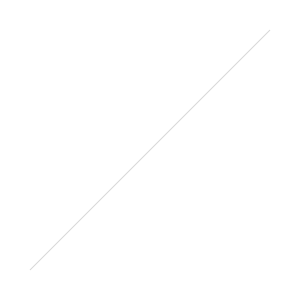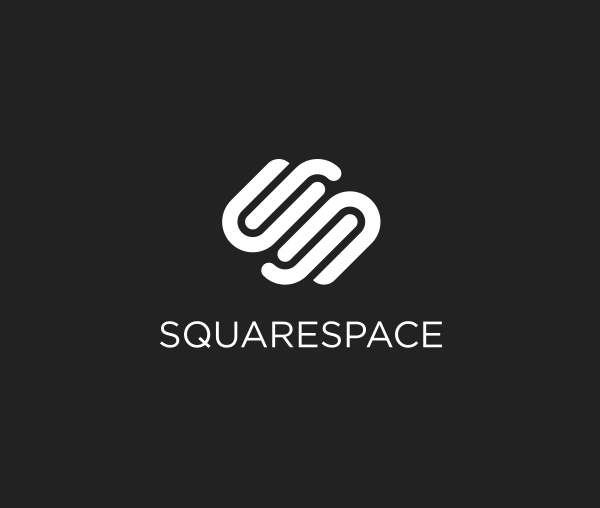https://www.youtube.com/watch?v=h539j9JJbt0Early leaks were accurate and Nikon’s latest DSLR looks like an excellent offering combining serious resolution and decent speed - making the D850 suited for everything from portraiture to sports. The Nikon D850 offers a 45.7 MP BSI CMOS sensor. Sony has been using these Backside Illuminated (BSI) sensors and it allows for much better low light performance. Capable of 7fps, 9fps when you attach the MD-18 a/b battery grip. The focusing system is identical to the flagship Nikon D5, 153 AF points with 99 cross-type sensors.  With video, the D850 offers full frame (no crop) 4K at 24, 25 and 30fps. Borrowing from mirrorless we have focus peaking but only at 1080p and highlight warnings in video.The body looks like a grown up D500 - offering a 3.2” tilting TOUCH screen. Dual card slots- an XQD and a standard SD slot. Updated Snapbrige for control and sharing of images. Nikon also offers a more robust Wifi adapter for faster transfer - useful for serious sports photographers sharing images immediately from events. The D850 also offers illuminated buttons, like the D500. As someone that has just returned from teaching an astrophotography workshop in Joshua Tree - I love the softly lit buttons, it just makes the camera that much easier to operate in low light conditions.Pre-Order Nikon D850
With video, the D850 offers full frame (no crop) 4K at 24, 25 and 30fps. Borrowing from mirrorless we have focus peaking but only at 1080p and highlight warnings in video.The body looks like a grown up D500 - offering a 3.2” tilting TOUCH screen. Dual card slots- an XQD and a standard SD slot. Updated Snapbrige for control and sharing of images. Nikon also offers a more robust Wifi adapter for faster transfer - useful for serious sports photographers sharing images immediately from events. The D850 also offers illuminated buttons, like the D500. As someone that has just returned from teaching an astrophotography workshop in Joshua Tree - I love the softly lit buttons, it just makes the camera that much easier to operate in low light conditions.Pre-Order Nikon D850
August 24, 2017
Full-Frame, Extreme Speed & Epic Resolution: The New Nikon D850 DSLR Defines Professional VersatilityNew Nikon DSLR Offers Incredible Combination of Performance, Image Quality and Thoughtful Features
MELVILLE, NY – Today, Nikon announced the new Nikon D850, a powerful full-frame DSLR camera that provides professional photographers and multimedia creators with an impressive combination of resolution and high-speed performance. The 45.7-megapixel D850 is Nikon’s first DSLR with an FX-format, back-side Illuminated (BSI) CMOS sensor for image quality that is nothing short of majestic, allowing professionals to create stunning, high resolution still images and full-frame 4K UHD video. Despite its monumental resolution, the D850 is capable of an astoundingly fast capture rate of up to 7 frames-per-second (fps) or 9-fps with the optional battery grip and EN-EL18a/b battery, while offering a range of new user-friendly features requested by Nikon shooters around the world.
The Nikon D850 is a serious tool that expertly enables every kind of photographer. Whether capturing for client work or personal projects, the camera delivers intense clarity and accurate skin tones for portraits, with the added benefit of low-light ability for weddings and events. It is versatile enough to be used for landscapes and fine art where broad dynamic range is critical, for sports that require a high frame rate and decisive AF, or for video creators who want 4K UHD flexibility. Whether in the studio or on-location, from the catwalk or the scenic overlook, to a wedding ceremony or night sky, the Nikon D850 is the tool that can capture it all, with astounding resolution and speed.
“The Nikon D850 is much more than a camera, rather it’s a statement that Nikon is continuing to listen to customer needs, to innovate for the next 100 years, and bring to market a full-frame DSLR that exceeds the expectations of the professionals that rely on this caliber of camera to make a living,” said Kosuke Kawaura, Director of Marketing and Planning, Nikon Inc.
“I have had the pleasure of putting this camera through its paces, and there is nothing like it. The Nikon D850 introduces a whole new generation of photographers to medium format quality; the resolution is out of this world, and the tonality and range are at a level I never thought possible from a DSLR,” said Nikon Ambassador and award-winning wedding photographer Jerry Ghionis.
The Ultimate Combination of Resolution and SpeedThe Nikon D850 is the new benchmark in DSLR image quality, with an unprecedented combination of resolution, dynamic range, ISO and processing power. The 45.7-megapixel CMOS sensor approaches medium format-level resolution and forgoes an optical low pass filter (OLPF) to harness the maximum sharpness of NIKKOR lenses, with fantastic fidelity, tonality and clarity. This is also Nikon’s first DSLR to incorporate a BSI CMOS sensor, which captures light more efficiently, resulting in a wider dynamic range and low-noise image capture. Beyond the immense resolution, the Nikon D850 offers photographers superior performance:High-Speed Capture: The D850 is capable of shooting up to 7 fps at full resolution, with full AF/AE or 9 fps at full resolution with the addition of an optional battery grip (MB-D18) and EN-EL18a/b battery (Buffer approximately 51 frames of 14-bit lossless RAW capture / 170 frames of 12-bit lossless).Wide ISO Range: The D850 offers a wide ISO range from 64-25,600 (Expandable down to ISO 32, up to 102,400).Flagship Focus System: The D850 uses the Nikon D5’s 153-point, Multi-Cam 20K AF system, which features 99 cross type sensors, 15 of which are sensitive to f/8.EXPEED 5: Behind every great sensor is a great image-processing engine. EXPEED 5 is Nikon’s most powerful engine yet, allowing for fast data readout and swift image processing, improved low light performance, high speed shooting, full-frame 4K UHD video capture and greater power efficiency for longer battery life.
Innovation Built for the Needs of Professional CreatorsIn addition to its phenomenal performance, the Nikon D850 hosts a range of innovative and thoughtful new features that enhance workflow, and will leave every photographer or content creator wondering how they ever lived without them:Tilting LCD Touchscreen: The 3.2-in., high resolution (2359k-dot) LCD monitor offers Nikon’s most extensive touch functionality ever.Silent Shooter: The D850 offers the ability to operate with an electronic shutter in Live View. When in this mode, users can shoot in complete silence, which is ideal for weddings, ceremonies and events where the shutter sound is discouraged. The electronic shutter operates at up to 6 fps (AF/AE locked) at full resolution, while an additional mode enables 8.6-megapixel capture in DX image area mode at up to 30 fps.Radio Flash Control: Like the D5 and D500, the D850 also supports Radio-controlled Advanced Wireless Lighting with the optional SB-5000 Speedlight and WR-A10 and WR-R10 accessories.RAW Processing Power: Users can choose from 3 sizes of RAW files to enhance workflow, including Large (45.4-MP), Medium (25.6-MP) and Small (11.4-MP). Additionally, the D850 lets users batch process RAW files in camera, saving time in post-production.Phenomenal Battery Performance: Shoot all day and well into the night with up to 1,840 shots at full resolution or approximately 70 minutes of video on a single charge. Users who opt for the additional control and handling benefits of the optional battery grip can expect up to 5140 shots (CIPA standard).Focus Stacking: Ideal for macro, product and landscape photographers, the Focus Shift Photography feature of the D850 is high resolution meets high magnification. This feature lets the user automatically shoot up to 300 shots at adjustable focus step intervals to infinity which can be easily assembled into a focus-stacked image using third party software.Negative/Positive Scanning: With the optional ES-2 Film Digitizing Adapter and compatible Micro-NIKKOR lens, the camera enables super high-resolution digitizing of 35mm slides or negatives and converts them in-camera to positivesDurable Construction: Ready for any field assignment or production environment, the rugged and weather-sealed magnesium alloy body lets users work with confidence in a wide range of tough environments.Square shooter: Photographers can choose from five formats, including FX-format, 1.2x, DX, 5:4, or 1:1 square with viewfinder shading for easy composition.Built-in Wi-Fi1 & Bluetooth2 Connectivity: Users can seamlessly send images to their compatible smart devices through an always-on Bluetooth Low Energy (BLE) connection or through Wi-Fi. Nikon SnapBridge3 also gives the ability for remote capture and preview.Nikon’s Widest and Brightest Optical viewfinder: The 0.75x viewfinder magnification is the highest ever for a Nikon DSLR, and offers a wide and bright view of the frame to easily track and compose subjects.Dual Card Slots: The D850 features dual memory card slots -- XQD for high-speed capture and transfer, as well as readily available SD media.Illuminated Buttons: Buttons that light up at the turn of a dial increase visibility and allow easy shooting at night or in low-light scenarios.
Multimedia Production ReadyMultimedia content creators and filmmakers alike will appreciate a wide range of considerate, industry-leading new features that can help to elevate any production:Full-frame 4K UHD at 24/30 fps: The D850’s FX BSI CMOS sensor allows 4K UHD output at a full-frame width at 16:9, to increase lensing options and provide a true field of view.Slow Motion: Creators can also capture Full HD 1080p at up to 120 fps (4x or 5x) for dramatic slow-motion video capture.Focus Peaking: When shooting Full HD or in Live View for stills, focus peaking can be enabled which highlights in-focus subjects in the frame to ensure sharpness.8K / 4K Time-lapse: Users can create 4K UHD time-lapse videos easily in-camera, or can use the built in intervalometer to capture images for an ultra-high resolution 8K time lapse that can be assembled in post for those who want the ultimate in video quality.Zebra stripes: The D850’s highlight display mode uses zebra patterns to quickly spot overblown highlights. What’s more, the zebra patterns come in two varieties, selectable according to the patterns and textures of the subjects.HDMI output: Using HDMI, users can record uncompressed, broadcast quality 4:2:2 8-bit 4K UHD footage, directly to an external digital recorder while simultaneously recording to a card.Audio Control: The D850 features an onboard stereo microphone, as well as inputs for headphones and microphone. The camera also features a new audio attenuator to regulate sound levels.
THE FX-Format advantageThe amazing performance and image quality of the Nikon D850 is best coupled with the wide variety of NIKKOR lenses, heralded for their unmatched image quality, color reproduction and optical characteristics. For maximum fidelity, Nikon’s Gold Ring Series of lenses provide the highest caliber of optical performance needed for such immense resolution applications.
Price and AvailabilityThe Nikon D850 will have a suggested retail price (SRP) of $3,299.95*, and will be available in September 2017. The MB-D18 Multi Power Battery Pack will have an SRP of $399.95*, while the ES-2 film digitalizing adapter will have an SRP of $149.95*. For more information on the latest Nikon products, please visit www.nikonusa.com.
Exclusive Livestream EventWant to learn more about the new Nikon D850? Nikon will conduct a livestream discussion for the new camera, which will take place on August 29 at 6:00 p.m. EDT. Please visit nikonusa.com/live to tune in.

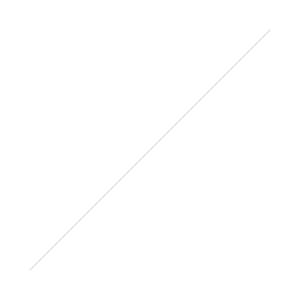
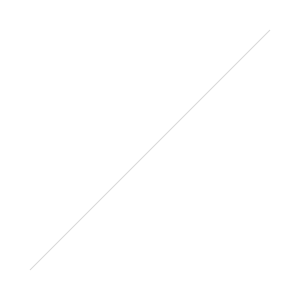
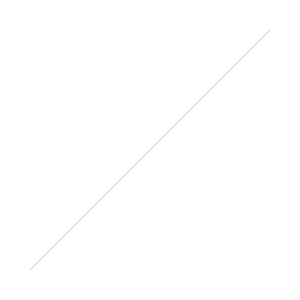
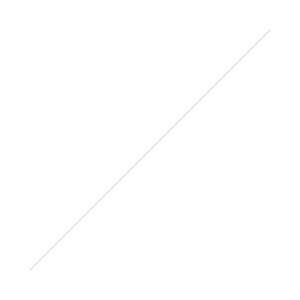
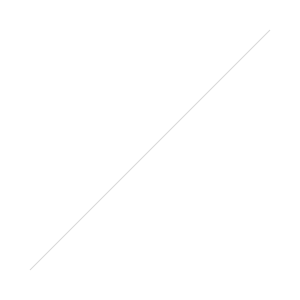
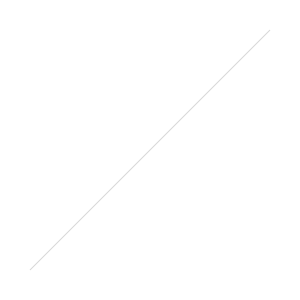
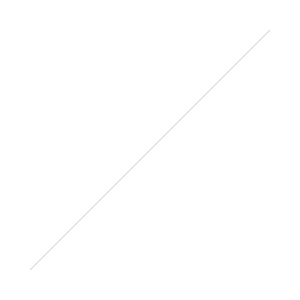

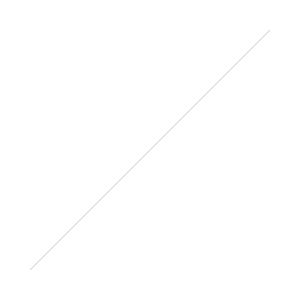
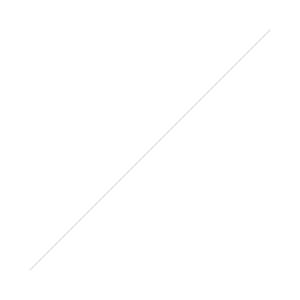
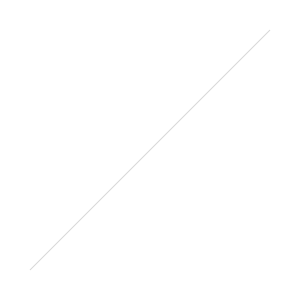
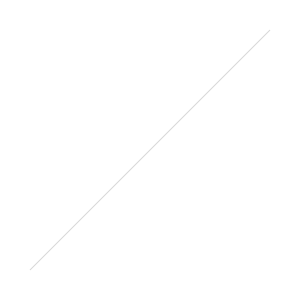
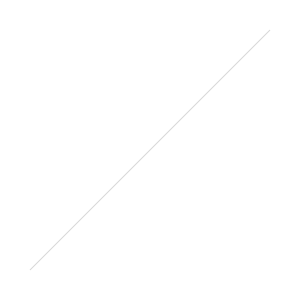
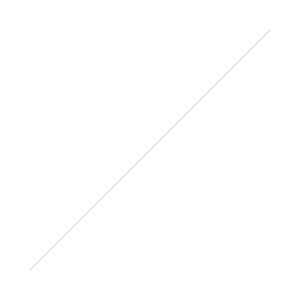
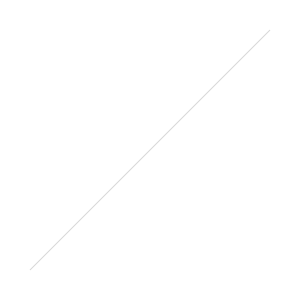
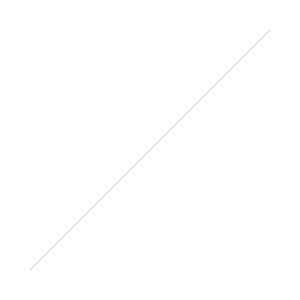

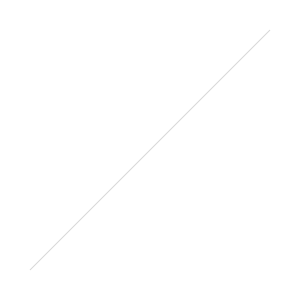


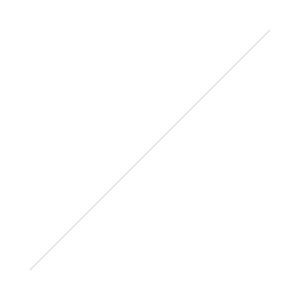
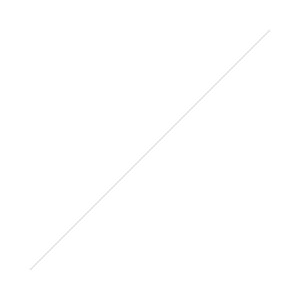
 Samyang (Also branded Rokinon, Vivitar, Bower etc) are a brand that we really like, they've been delivering optically fantastic lenses at incredible prices with one large tradeoff - they've always been manual focus.The current 14mm is our pick for "Best Budget Lens for Stars" see our review
Samyang (Also branded Rokinon, Vivitar, Bower etc) are a brand that we really like, they've been delivering optically fantastic lenses at incredible prices with one large tradeoff - they've always been manual focus.The current 14mm is our pick for "Best Budget Lens for Stars" see our review 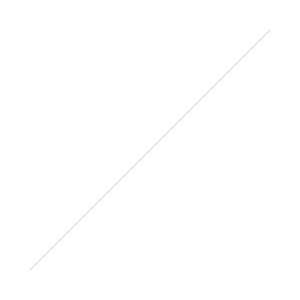 Sony a7 Mark II Pros:
Sony a7 Mark II Pros:
